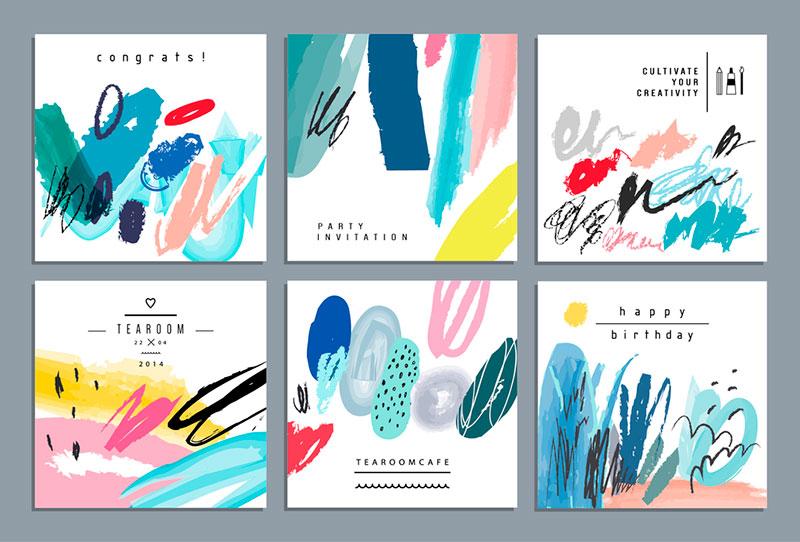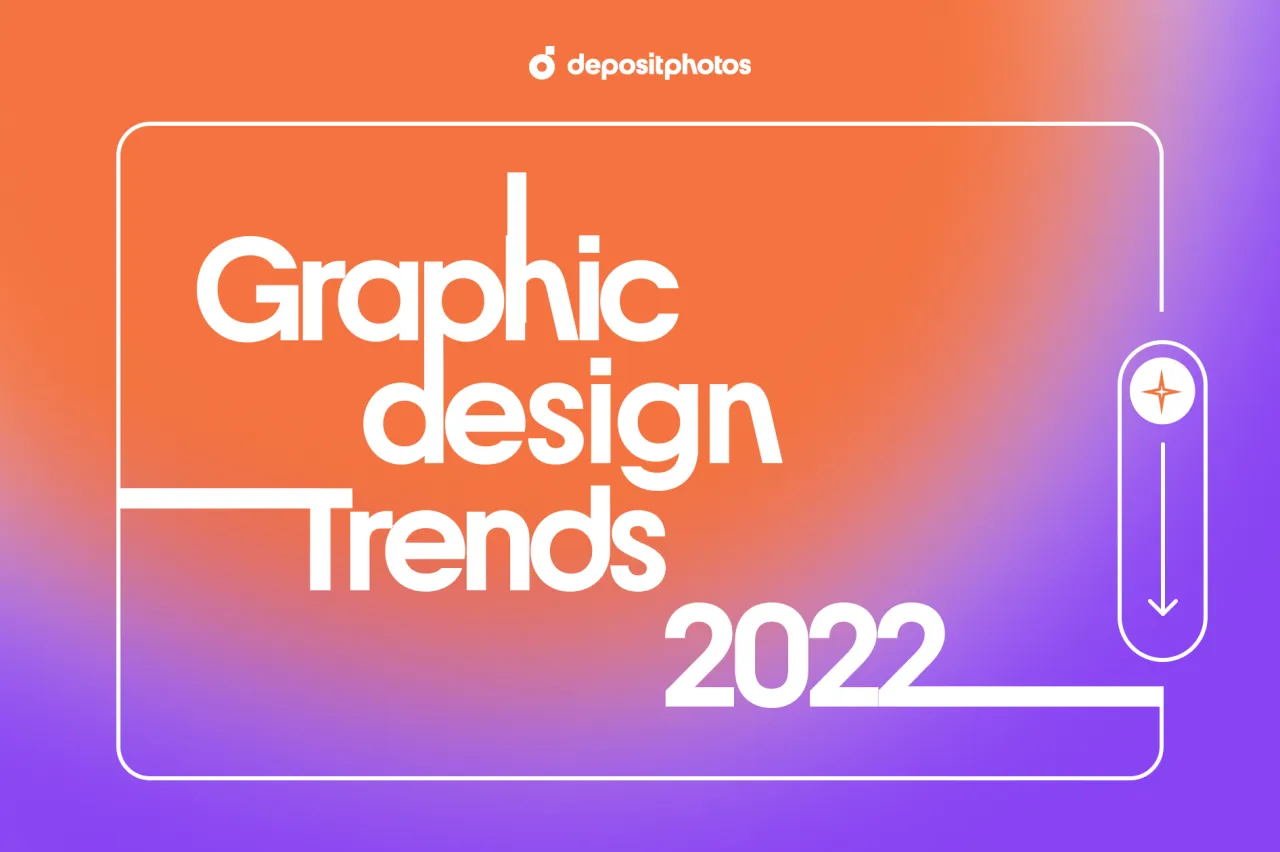6 Common Design Mistakes Every Beginner Makes
Working on a new design can be both fun and disheartening. It’s fun because you’re invested into the art, and disheartening because sometimes the end result is not at all what you’ve envisioned. To put it simply, you probably make some common design mistakes. And that’s okay!
Don’t get disappointed straightaway. Making some common design mistakes also means that you can quickly fix them. In the end, you’ll learn more and contribute to your own growth and future designs.
Theodore Roosevelt once said, the only man who never makes a mistake is the man who never does anything, and one can’t help but agree that in any business success and failure come in waves.
The good news is that there’s a way to avoid certain design mistakes, all of which are included in the list below. It will serve a cautionary tale for you and will provide some food for thought.
Design mistake №1: Designing for design’s sake
Originality is something every designer strives for. One seeks to be recognized by a signature style and in pursuit of distinctive features forgets about the initial goal of design – problem solution. In other words, one designs for the sake of colours and fonts instead of designing for the sake of communicating a message.
If you’re just starting out, you can read some books on design to get acquainted with the aims of design as it is. These copies will also provide you with the basic knowledge on the history of design and help you battle the creative block.
Design mistake №2: Plagiarism
Perhaps, you’ve already heard from someone that in order to create your own style, you need to copy the works of great people. Alas, in these words, people hear advice to commit plagiarism instead of learning to steal like an artist. The American author Austin Kleon in his book “Steal Like an Artist” explains the difference between the two notions and teaches to adapt ideas of other people.
In short, you need to study the biography, the works and the experience of a creative person you admire and look up to, and create a mind map of insights on the basis of the information explored. Thus, you’ll get a huge pool of fresh ideas and a clear conscious as drawing inspiration and reinterpreting an innovative idea is not a crime, unlike plagiarism.
Design mistake №3: Using too many typefaces and mismatching fonts
When a beginner uses different typefaces and fonts that don’t really match together, two things happen:
- an audience is pushed away
- other designers pay attention to the blunders you’ve made
So, before filling your design with words, make sure they are appropriate. How to match them together? Learn the typography basics and develop the taste by looking at good designs.
It’s also good to stick by the rule of using primarily 2 fonts, and the maximum of 3 in design to not create chaos and comply with the foundations of good (and legible) design. Any design with more than 3 founts creates confusion for the viewer.
Design mistake №4: Absence of visual hierarchy
The aim of the visual hierarchy is to organize information and elements in such a way that the user can easily distinguish the levels of importance of different elements in a design. Visual hierarchy helps lead the viewer’s eye in order of importance.
Size, color, contrast, alignment, and location – all these make a difference. For example, the size works on the principle “the larger, the more important” and vice versa. The colour is a field for experiments, as its hierarchy depends on how you match the shades and tones. The contrast plays the same role as the size does – points out the elements an audience should pay attention to.
Alignment also creates a hierarchy of design elements. A centred text block is more important than a note at the bottom. Location, in turn, showcases the relation between the objects.
Design mistake №5: Random text alignment
The importance of alignment has already been briefly mentioned, however, it deserves to have special emphasis.
One of the ways to learn more is to look at the works of already successful designers. Sometimes, due to a lack of knowledge, you may think that the text is randomly located in the layout. But you’re wrong, as experienced designers place text in conformity with grids and its main elements: the format, margins, columns, rows, gutters, and regions.
The format is the area where the design will be placed. Margins are the spaces beyond the format. Modules are the blocks that the grid is made of, while regions are the groups of neighbouring modules. A grid can also be divided by columns – the vertical regions, and rows – the horizontal regions. Gutters are the spaces between columns and rows. These elements make a design more readable and easier to scan, thus, a person won’t have to make an effort to get the message.
Design mistake №6: Overdesigning
There are so many great design tools and techniques that sometimes it is a pity that one cannot use all of them at the same time. But a designer is a person who needs to keep a cool head to achieve the goal. It is also important to stay up to date and at Depositphotos, we try to help out with our visual trends reports every year.
All in all, the Oxford dictionary says that the verb “design” means doing or planning something with a specific purpose in mind. Remember the fact that design is not only about aesthetics but about message communication and problem solving. If you learn to spot common mistakes in your own designs, you can quickly eliminate them and move on to other design topics that will help you with your creations.








![Graphic Design Trends 2021 [Infographic]](https://depositphotos-blog.s3.eu-west-1.amazonaws.com/uploads/2021/02/Graphic-Design-Trends-2021-Infographic-1.webp)



